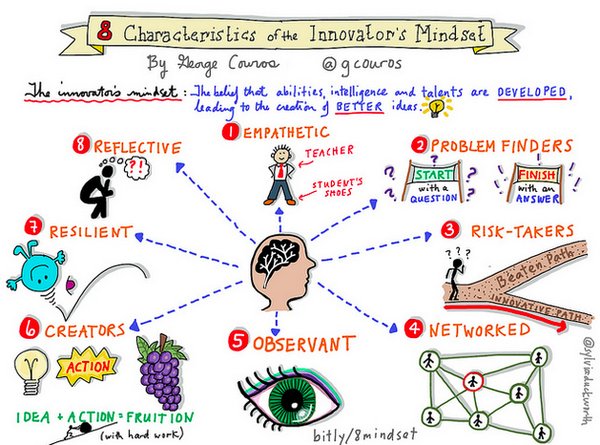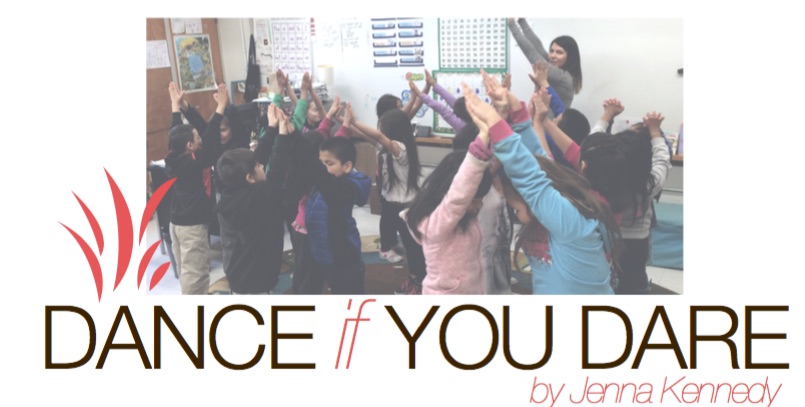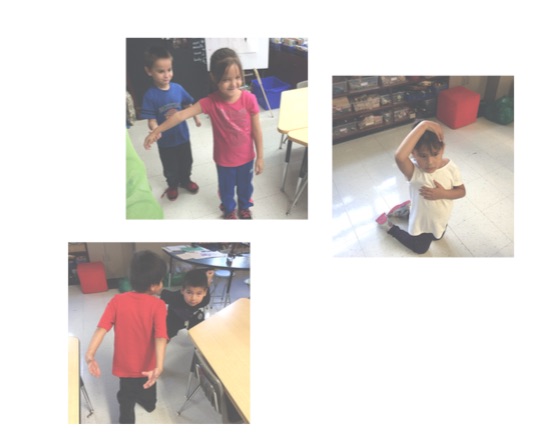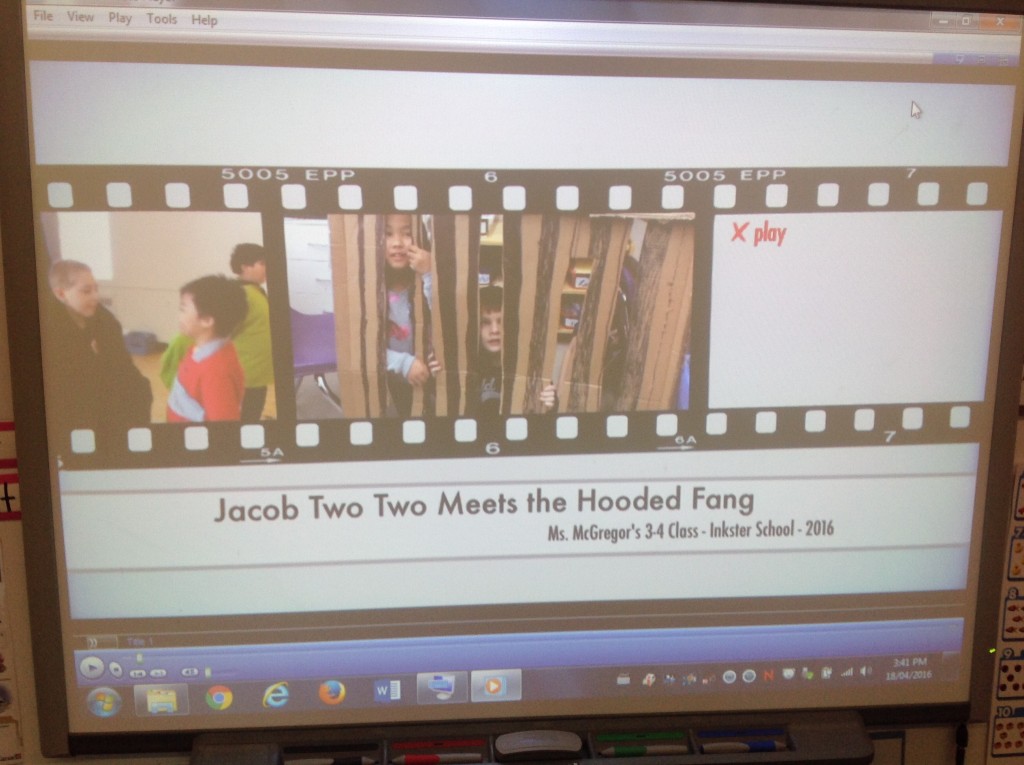After leaving the first session with George, we were left with many questions to bring back to our school.
One in particular, is how do we move our school from tiny pockets of innovation, to a culture of innovation?
What we are left with, as well as from reading his book, was that much of the way information is presented to us as teachers – through professional development or implementation of new programs does not necessarily inspire everyone to be creative, and it often does not foster a CULTURE of innovation. Instead what we tend to see is a small group of inspired educators taking it upon themselves to learn something new or to challenge the boundaries and limitations that allow them to create relevant and purposeful learning opportunities for students. And this is great, these are the pockets of innovation that usually exist in a school. What is, and has always been the struggle is creating an environment and a culture where this becomes the norm.
The message that was received from hearing George speak, as well reading his book, was that building a culture of innovation will take everyone in an organization or school working together. That it is not a “top down” or “bottom up” approach, but an “all hands on deck” one. That the goal is not to change for the sake of change, but to make the change meaningful and purposeful. To move away from a culture of compliance to one of creative engagement, empowerment and as George put it… “a chance to do something amazing”.
So with this mindset, we will be sharing our ideas about innovation with our colleagues during our school planning day this coming Friday. We will be present what we have discussed and explored in the ITTL sessions, as well as what we have learned jumping into the world of Twitter, Google Apps, Google Hangouts and blogging as we become part of creating a culture of innovation at St. John’s High School.
Meghan Davidson & Jim Anastasiadis
St. John’s High School
Cluster 1971



